Mercury and Jupiter are two planets that often appear in close conjunction in the sky, and are a pleasant sight to observe together.
The term conjunction in astronomy generally refers to two celestial objects appearing close in the sky together.
The most common conjunctions occur between the Moon and any of the bright planets such as Jupiter and Mercury, or indeed Venus, Mars and Saturn.
Get weekly stargazing updates by signing up to receive the BBC Sky at Night Magazine e-newsletter and listening to our Star Diary podcast.
Read our guides on how to observe Jupiter and how to observe Mercury
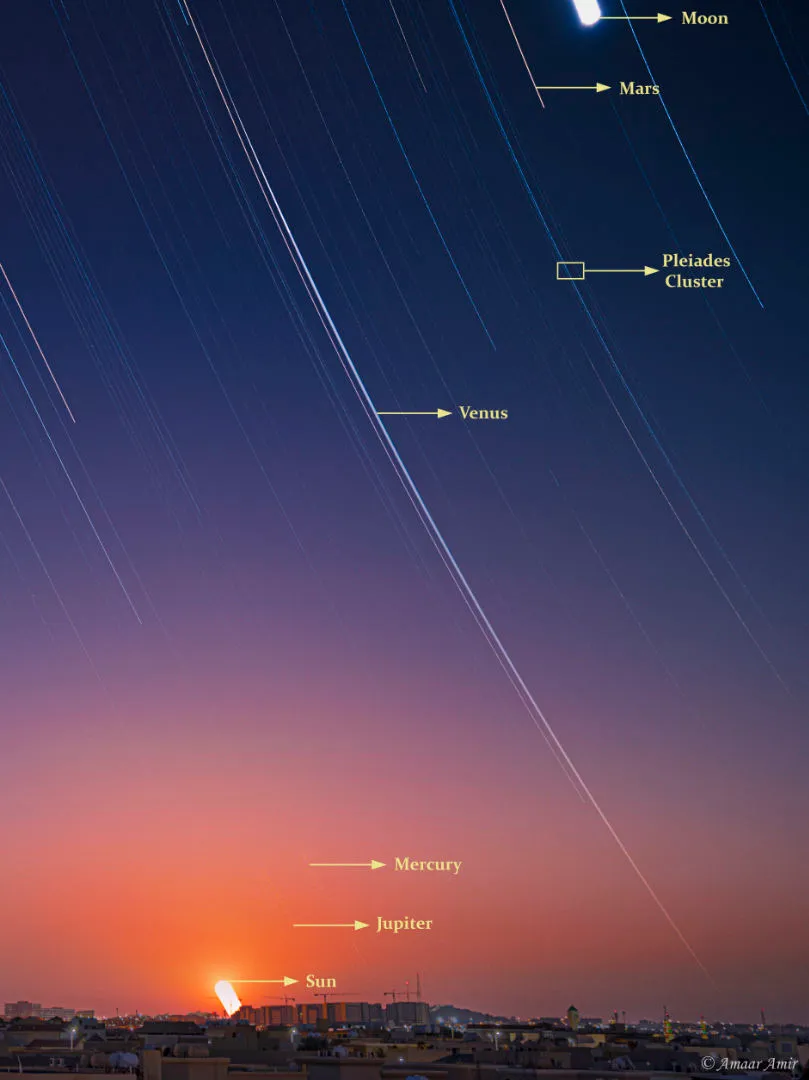
When a conjunction between a planet and the Moon – or, indeed, between a planet and a planet – is visible in the sky, it should go without saying that these bodies aren't actually physically close to one another.
They only appear as such from our perspective on Earth, and this positioning of two planets is to do with something called the ecliptic.
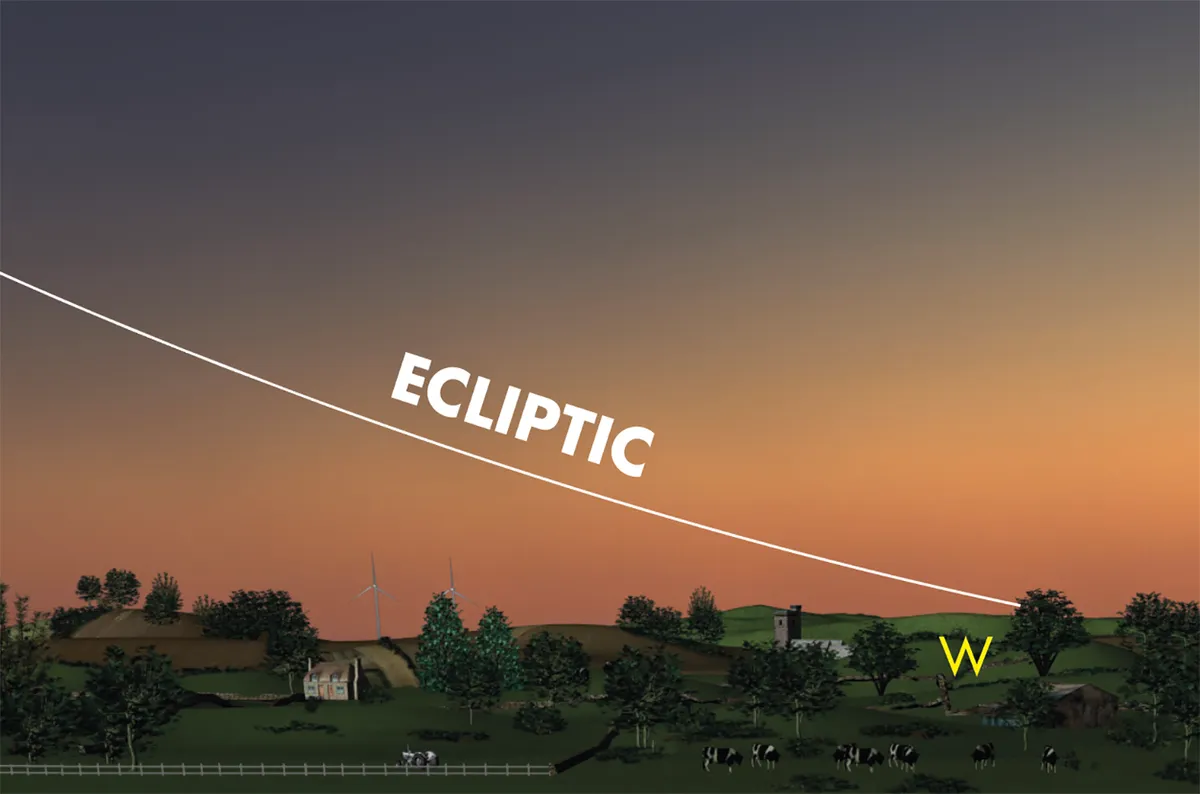
Because the plane of our Solar System is largely flat, the planets orbiting our Sun in a rough disc formation around the Sun, planets largely appear in the sky along the same path the Sun tracks across our sky throughout the course of a day.
This imaginary path is called the ecliptic, and if you happen to observe a bright star in the night sky, a good way of telling whether it's in fact a Solar System planet is whether it appears along the ecliptic.
The other effect of the ecliptic is that planets may appear close to each other in the sky, given that they follow roughly the same path
Observing Mercury Jupiter conjunctions
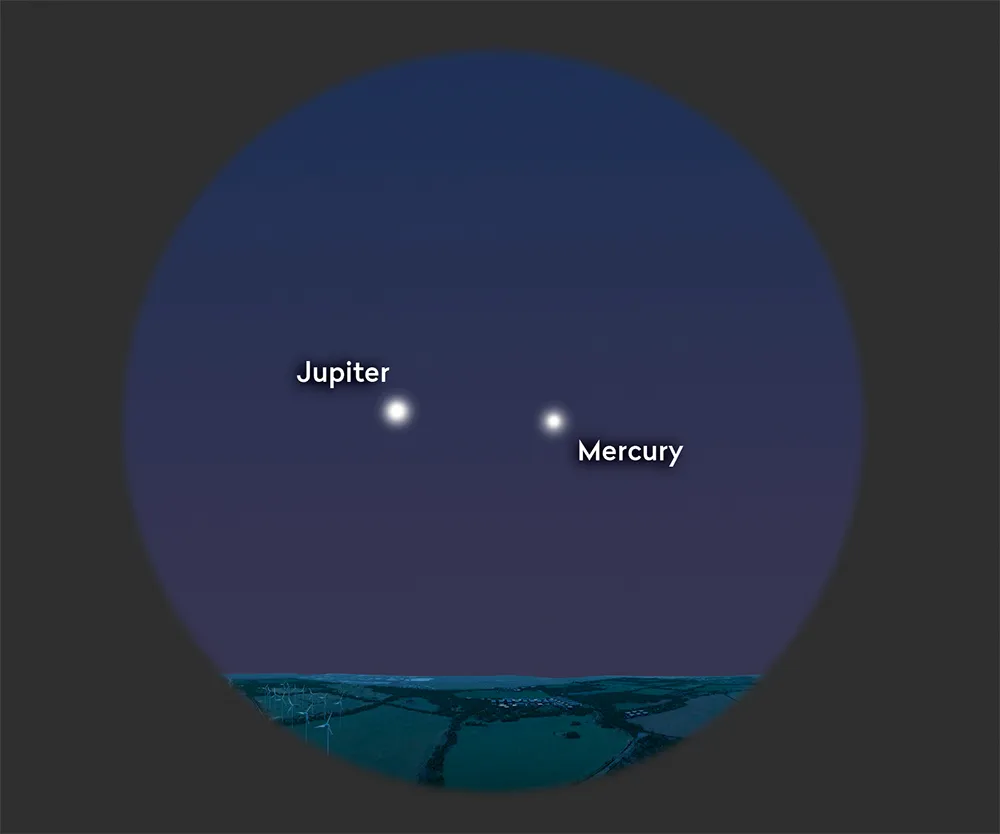
Mercury and Jupiter look spectacular in the sky together, but then so does any astronomical conjunction between two bodies.
The wide view provided by observing conjunctions like Jupiter-Mercury really makes for a spectacular vista.
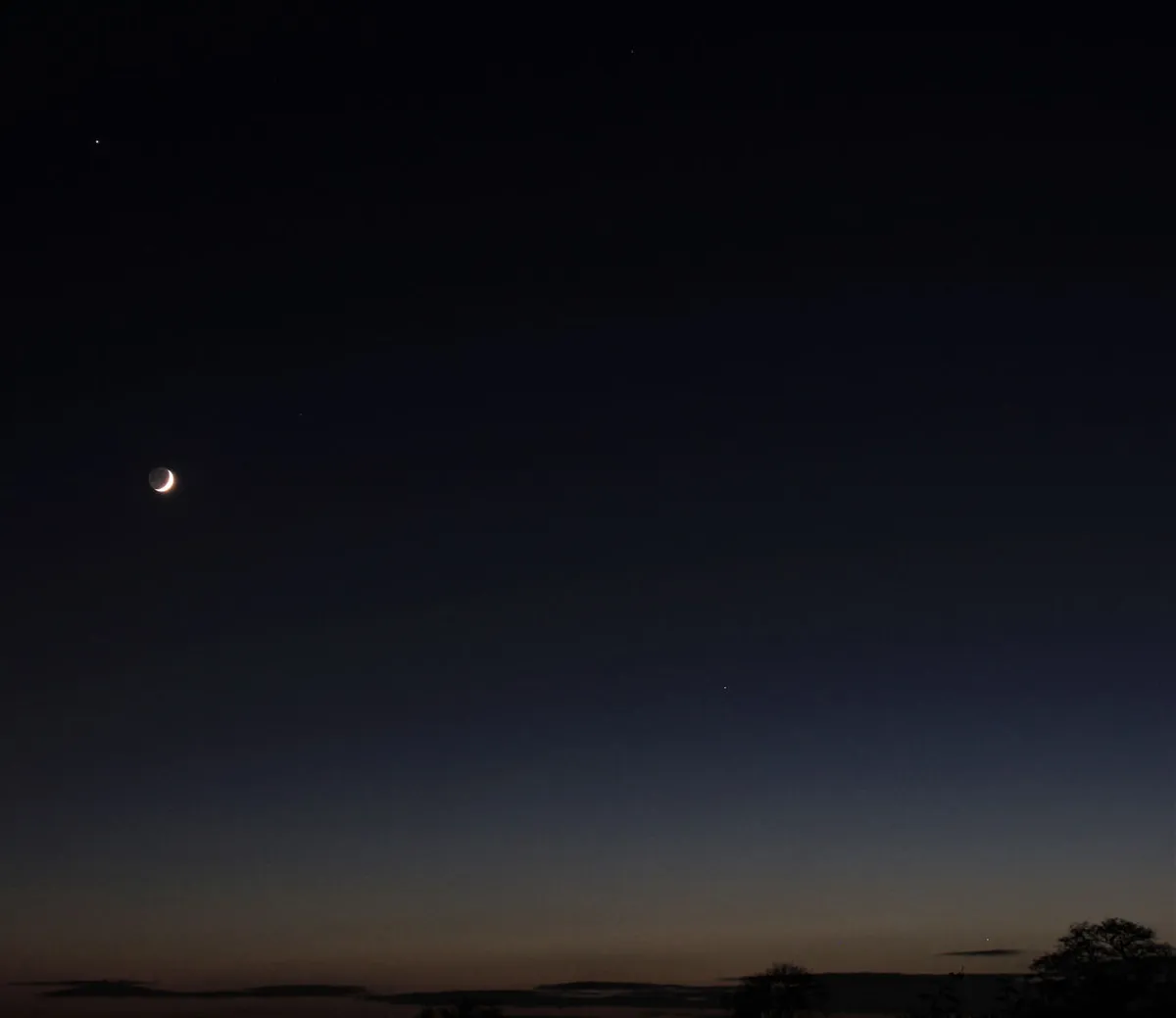
But close conjunctions between the two planets will really benefit from being observed with binoculars or telescope.
The Moon, unlike planets, does not follow the ecliptic, but you can still get conjunctions between planets and the Moon, and so you may even be able to catch a glimpse of Jupiter and Mercury close together beside our lunar companion.
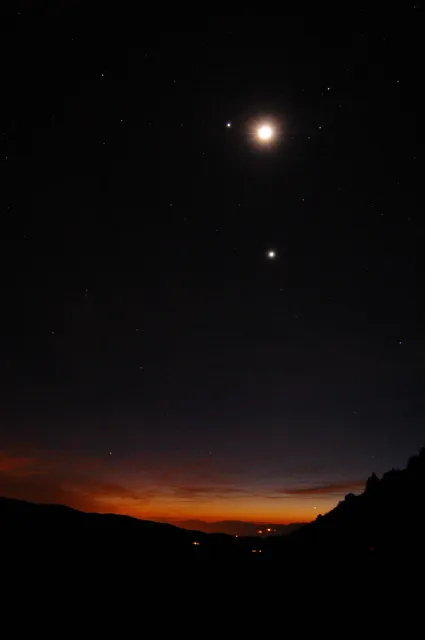
Try and catch Jupiter when it's at opposition, as this is the best time to see the outer (or superior) planets Mars, Jupiter, Saturn, Uranus and Neptune.
When Mercury is visible in the evening, the planet can be seen above the western horizon just after sunset in twilight, and as a morning planet appears in the east shortly before sunrise.
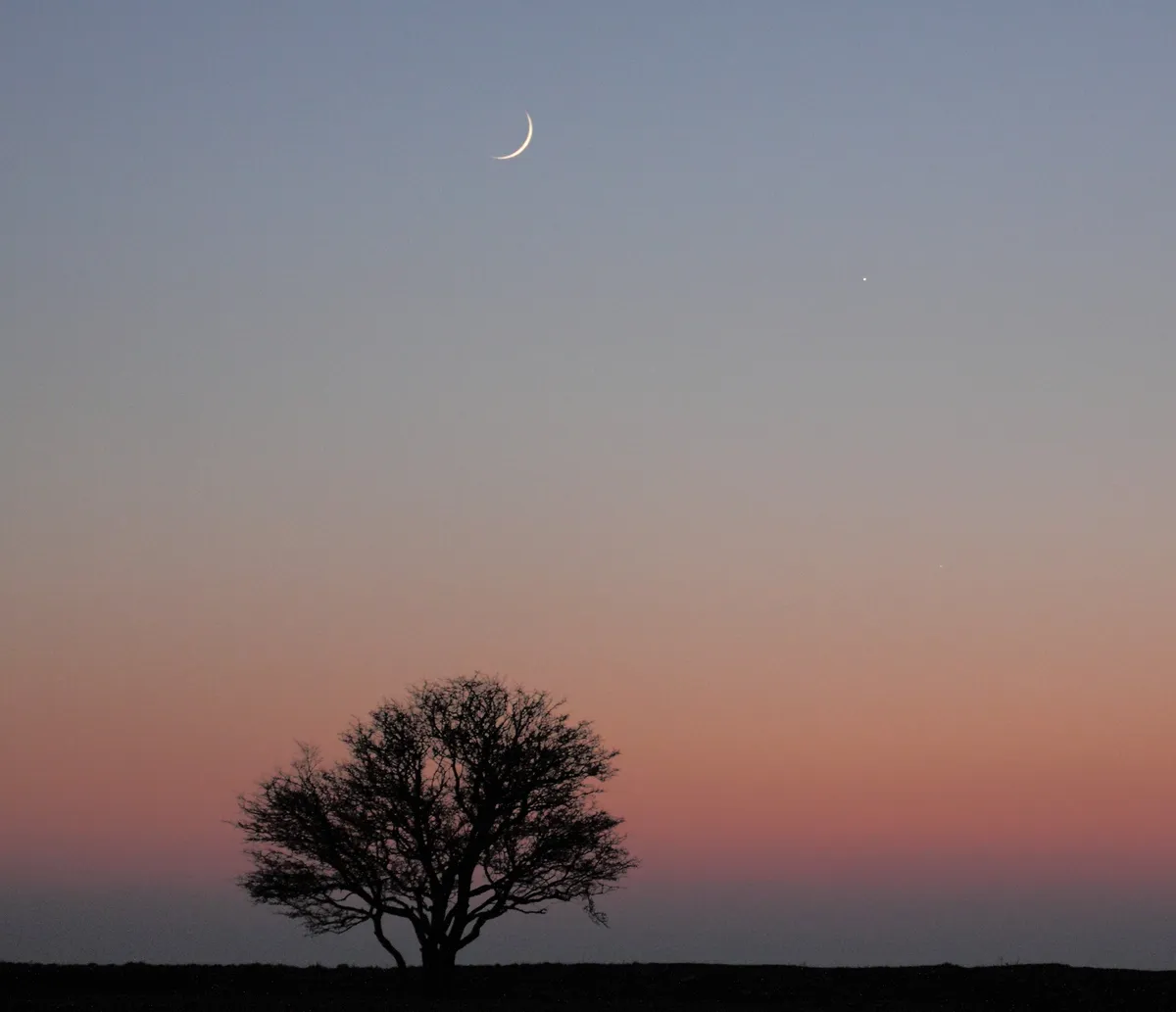
Use a stargazing astronomy app to work out when the next Jupiter Mercury conjunction will be taking place, and see if you can spot the two planets together.
If you observe or photograph a Jupiter Mercury conjunction, get in touch by emailing contactus@skyatnightmagazine.com

